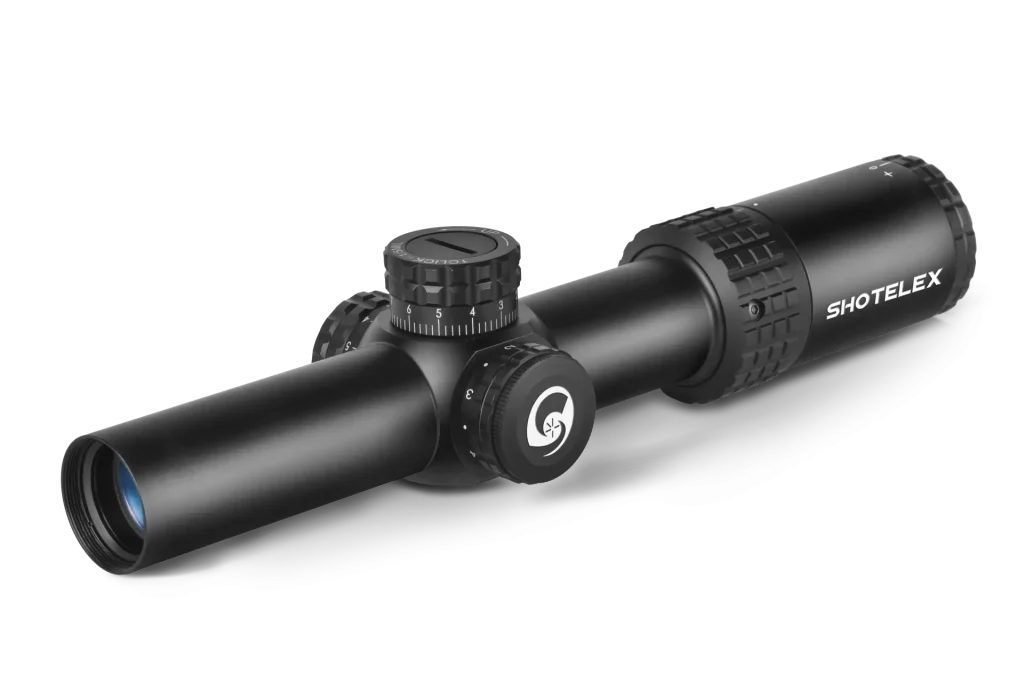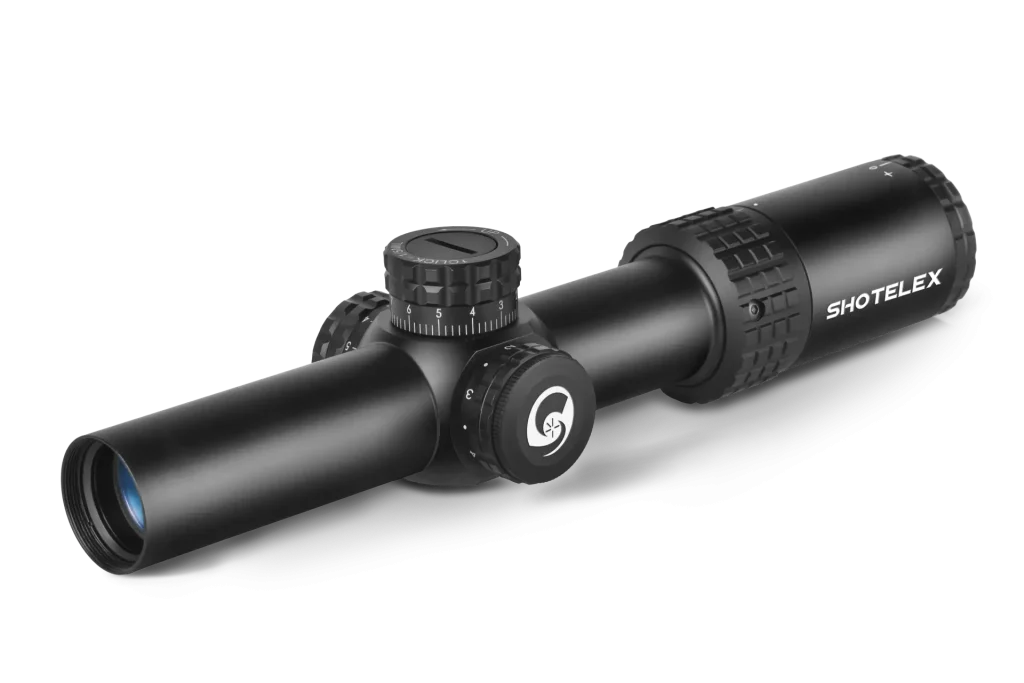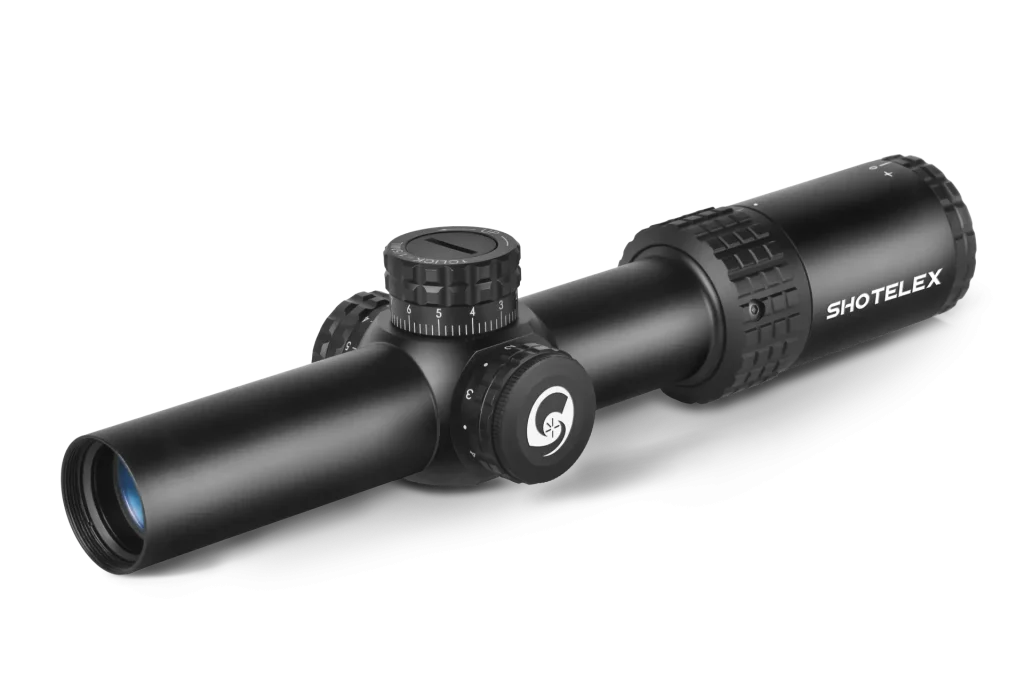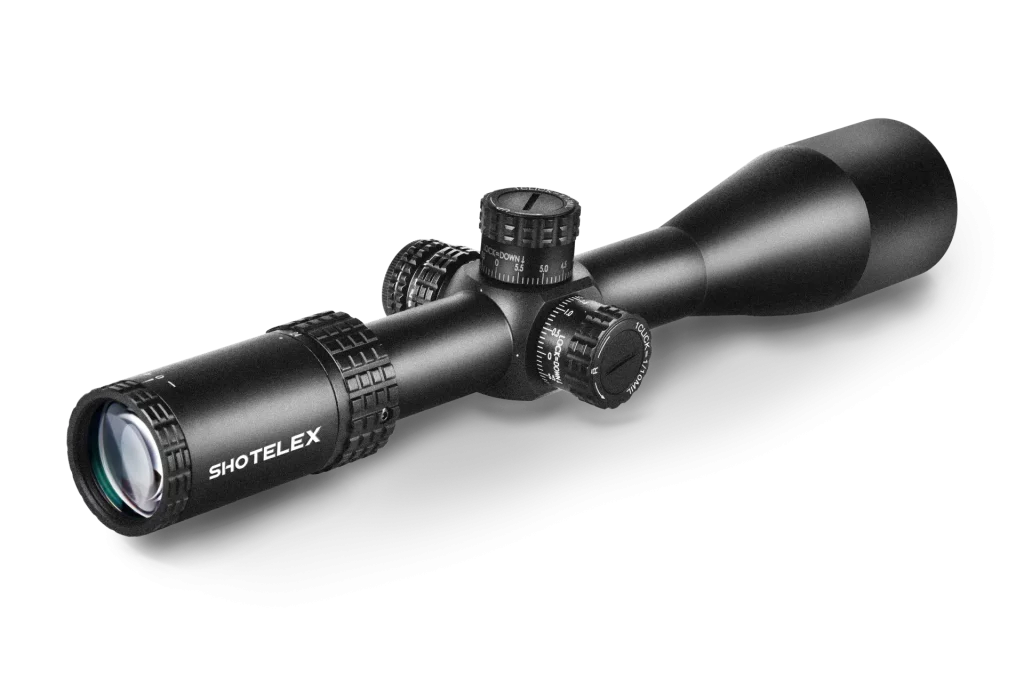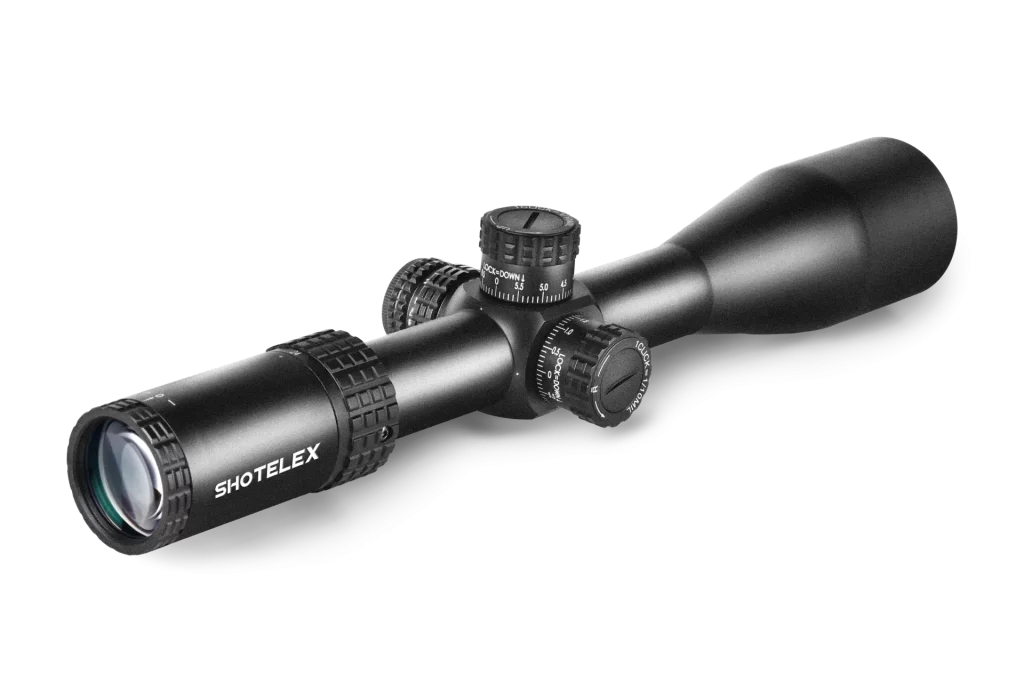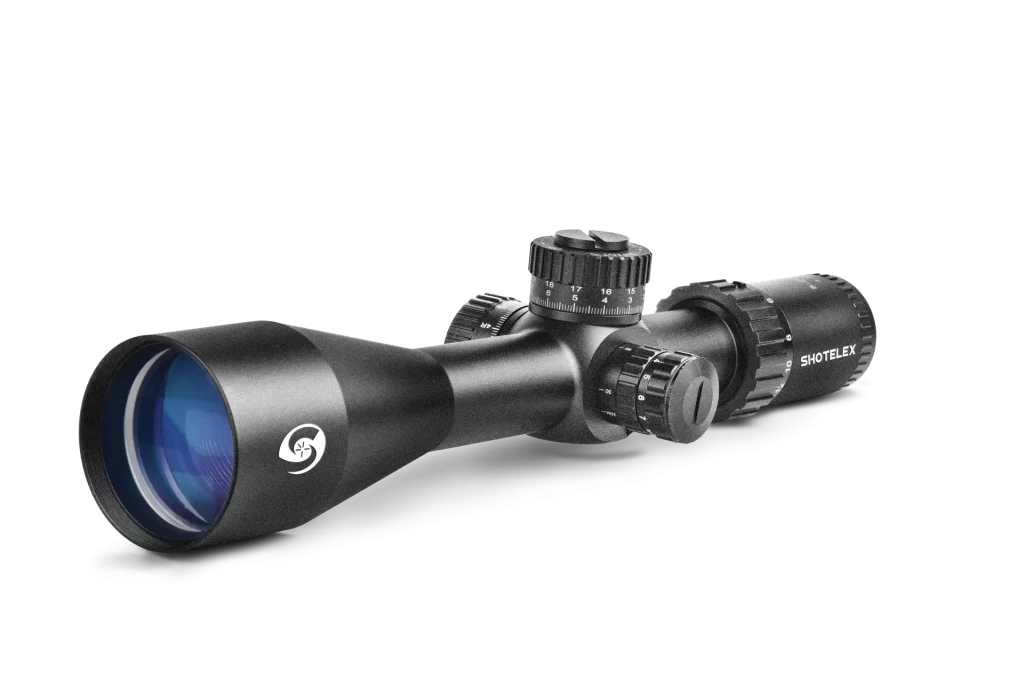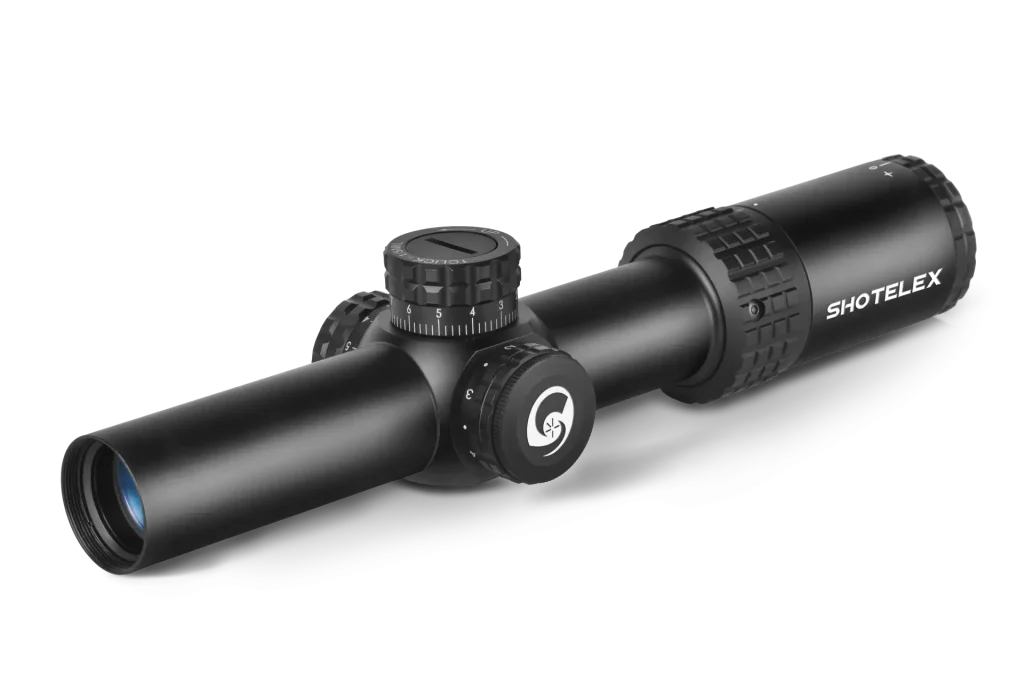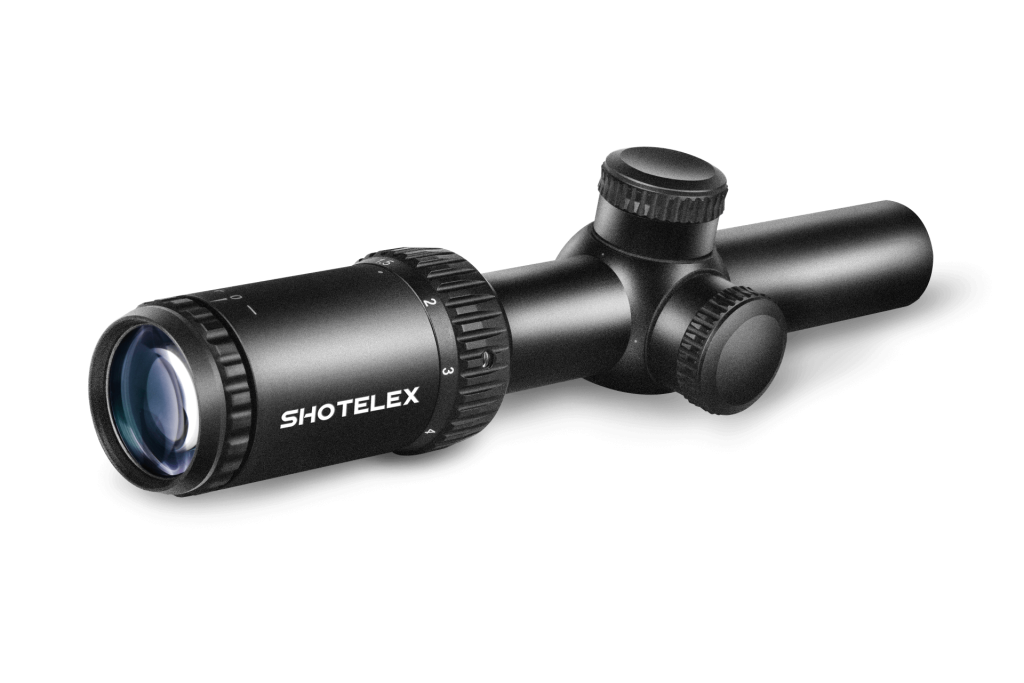How to Adjust a Scope for Long Range Shooting?
Long-range shooting is like a conversation with distant targets, where the challenge is not only the shooter’s skill but also the precision of the equipment. And the riflescope? It’s the bridge between you and your target for long range shooting!
Imagine trying to hit a distant target without properly adjusting your scope – it’s like wearing foggy glasses and trying to see the world clearly! Properly adjusting your scope allows you to easily lock onto faraway targets and still make accurate shots, even with changes in wind speed and temperature.
Here, we will show you how to adjust a scope for long range shooting, making every shot feel like a masterpiece.
Part 1. Why You Need to Adjust Scope for Long Range Shooting?
Long-range shooting comes with numerous challenges, such as wind speed, temperature, and air density, all of which can affect the bullet’s trajectory. Different shooting distances require corresponding adjustments to the scope.
Without proper adjustments, even if the shooter aims correctly, the bullet may still miss the target. Therefore, adjusting the scope becomes a crucial step for a successful shot.
A scope is not just for clarifying the target; its adjustment functions, such as windage, elevation, and focus adjustments, help, and may help compensate for external factors to ensure more accurate shots.
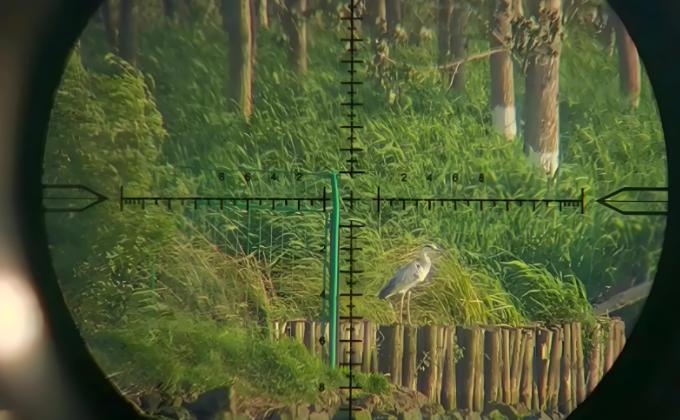
Part 2. Basic Scope Adjustments of Long Range Shooting
Before learning how to adjust the scope, let’s first take a look at the common adjustment functions. These adjustments determine how the scope performs under different shooting conditions.
1. Windage Adjustment
Windage adjustment compensates for the effects of wind speed or crosswinds on the bullet’s trajectory, ensuring it travels along the target’s horizontal line. By adjusting the windage, the shooter can counteract the wind’s impact, maintaining accurate aim.
This function is crucial, especially in strong wind conditions, as it helps the shooter adapt to changing environmental factors and maintain shooting stability.
2. Elevation Adjustment
Elevation adjustment compensates for bullet drop or rise due to varying shooting distances. In long-range shooting, the shooter adjusts the elevation to correct for the bullet’s downward path caused by gravity, ensuring it hits distant targets accurately.
Proper elevation adjustment guarantees precision across various distances, and even small changes can make a significant difference in long-range shots.
3. Parallax Adjustment
Parallax adjustment ensures the image remains clear and eliminates parallax error. By adjusting the focus, shooters align the target and reticle, avoiding parallax problems and improving accuracy.
This is particularly important in long-range shooting, as it helps eliminate visual errors due to parallax, ensuring each shot is stable and reliable.
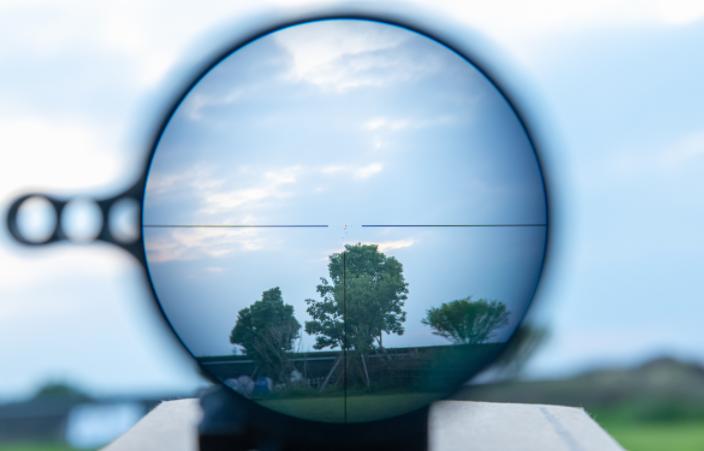
4. Diopter Adjustment
Diopter adjustment helps shooters optimize the clarity of the scope, accommodating vision issues such as nearsightedness or farsightedness. For shooters with vision impairments, this adjustment ensures the target and reticle are clear.
It guarantees that the shooter’s eyesight matches the scope’s image, allowing for long periods of comfortable, accurate aiming.
5. Magnification Adjustment
Magnification adjustment allows shooters to change the zoom level based on target distance, improving precision in long-range shooting. Increasing magnification helps to see finer details of distant targets, ensuring more accurate shots.
Adjusting the magnification allows the shooter to better identify targets and refine aim, especially in challenging environments.
6. Reticle Adjustment
Reticle adjustment helps shooters align the reticle with the target. It is often used alongside windage and elevation adjustments to compensate for external factors affecting the bullet’s trajectory, ensuring accurate shots.
Precise reticle adjustments are crucial for every shot, helping shooters maintain accuracy even in varying conditions.
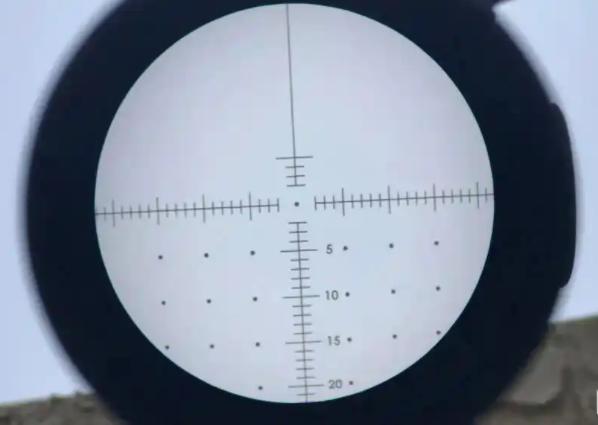
Part 3. How to Adjust Your Scope for Long Range Shooting?
Correct scope adjustment is fundamental to successful long-range shooting. Here are some key steps to help you achieve precise scope adjustments. Let’s take a look:
Step 1. Confirm the Zero Scope
Before you start shooting, make sure the zeroing of the scope is correct. Typically, the zero is calibrated at 100 yards (or another designated distance).
This means the scope is adjusted so that the bullet hits the target at this distance, with the point of impact matching the reticle. If you’re shooting at longer distances, always begin adjustments from the zero point.
Step 2. Adjust Windage Based on Wind Speed and Direction
Wind speed and direction are crucial factors in long-range shooting accuracy. Wind can cause a bullet to drift off course.
By observing the wind conditions, you can adjust the windage to compensate for drift. Windage is typically adjusted by rotating the side turret of the scope to correct lateral displacement.
Step 3. Adjust Elevation Based on Range
As the shooting distance increases, the bullet will naturally drop due to gravity. The elevation adjustment compensates for this drop. Depending on the target distance, adjust the elevation so the bullet reaches the intended target.
In general, as the distance increases, more elevation is needed to compensate for the bullet’s drop.
Step 4. Adjust Parallax to Ensure a Clear Image
Long-range shooting requires a clear image. If the parallax is not properly adjusted, the image may become blurry, leading to inaccurate aiming.
Adjust the parallax control ring on the scope to ensure the image is sharp and aligned with the target.
Step 5. Perform Practical Testing
Finally, conduct live shooting tests to assess the effect of your adjustments. If the bullet doesn’t hit the target, further tweak the scope until optimal accuracy is achieved.
Keep track of each adjustment during the process to help improve accuracy for future shooting sessions.
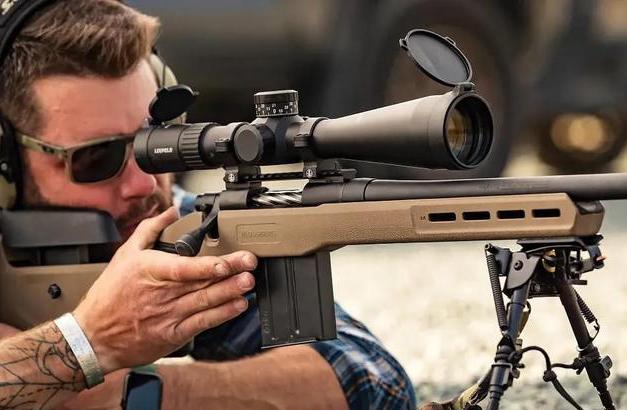
Common Issues and Tips of Long Range Shooting
Here are some common issues that shooters might encounter while adjusting their scopes, along with solutions and tips to help you successfully complete the adjustments:
Scope Zeroing Shift
Sometimes, after adjustment, the zero point of the scope may shift, causing inaccurate shots. In this case, you need to check if the adjustment knobs were accidentally bumped during the process. Always ensure that you start from the zero point every time you make adjustments.
Blurry Image
If the image of the scope is blurry, it may be due to improper parallax adjustment. Adjust the parallax knob to ensure a clear view. Also, verify that the target distance matches the scope’s settings.
Maintaining a Stable Shooting Posture
In addition to adjusting the scope, maintaining a stable shooting position is equally important. A good posture reduces body movement and helps you aim more accurately.
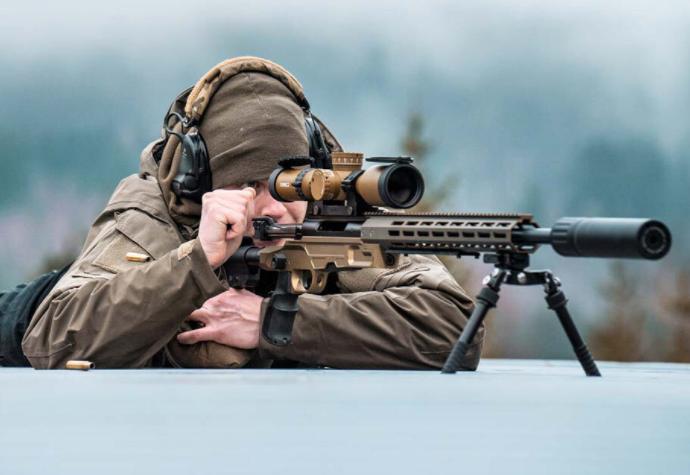
Final Thoughts
By properly adjusting your scope, you can significantly improve your long-range shooting accuracy, whether in competitions or hunting. Factors such as wind speed, distance, and parallax can be compensated for through precise scope adjustments, ensuring each shot hits the target. Mastering these adjustment techniques will help you achieve better results in your shooting. If you’re looking for a reliable riflescope supplier, Shotelex is your best choice.

